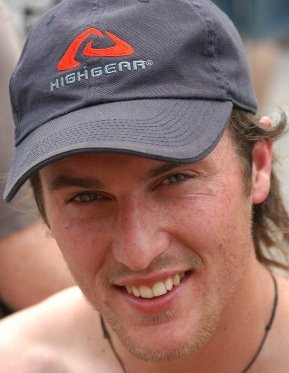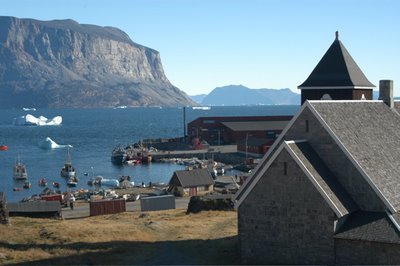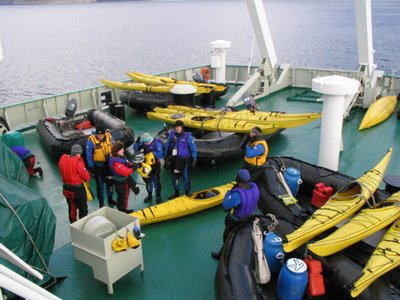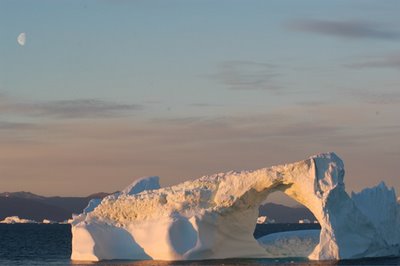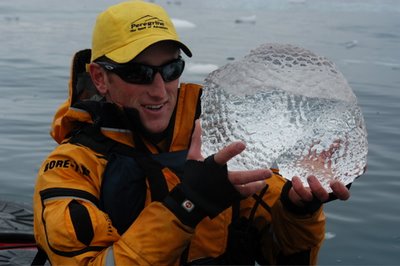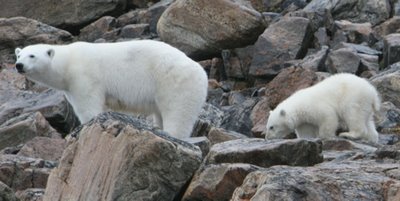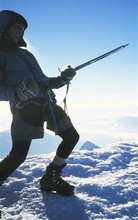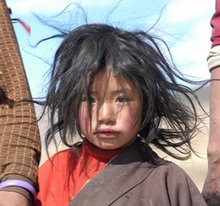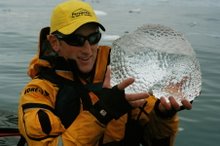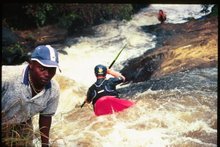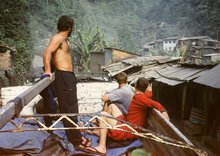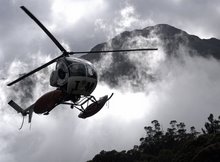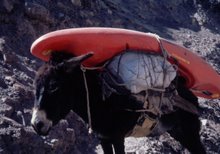
26th August – 7th sep
Crossing Barrow Strait on a course of due south we cruised past a massive floating Bowhead whale, lying on its back the rotting beast lay stagnant.

Entering Peel Sound and Franklin Strait we pausesd in Fitsroy Inlet and viewed our first Polar Bear of the voyage. A mature female and her cub moved along the shore 150m from the zodiac’s.
Franklin Strait and the waters surrounding King William Island is believed to be the location where Franklin’s men abandoned their ships the Erebus and Terror. During 1845-1847 Sir James Franklin lead an expedition at age 59 years to complete North West Passage. The expedition was fraught with starvation, cannibalism and misfortune as all 128 men perished.
As a result of the ships being equipped with supplies to sustain the men for three years no search parties were sent out to look for the men until late in 1847. Fifty land and sea expeditions were sent during the preceding years to unlock the mystery of Franklin’s fate.
Moving on, we met with the Sir Winfrid Laurier, a Canadian icebreaker who would escort us through Icebreaker channel. Our ice charts displayed more pack ice than actually existed and so their services were not crucial to our voyage. However we did follow behind for a couple of hours bashing through what ice was about.

28th – Cambridge Bay, community visit, cultural show.

29th - Johansen Bay – kayakers paddled 13km around the Richardson and Edinburgh Islands.
30th – Lady Richardson Bay. Kayaking team float down wind observing a massive bull Muskox for 1.5 hours.

31st - Holman – Amudsen Gulf. Marked the completion of our transit of the North West Passage. We climbed high onto a prominent peak overlooking the surrounding bays
1st - Dolphin and Union Strait
2nd - Dease Strait
3rd – Larsen Sound
4th - Ballot Strait, Gulf of Boothia
5th – Maxwell Bay, Lancaster Sound
6th – Radstock Bay – Caswall Tower, huge rock buttress, whale bone, bowhead skulls, shelters, built 1000 years ago.
Kayaked at Beechy Island, sand bar provided protection, then we ran downwind with 25 knots to the Northumberland House site.
7th – Voyage completed









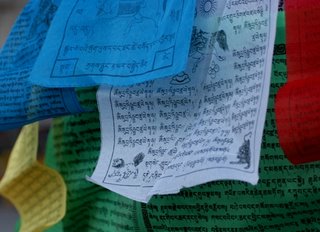

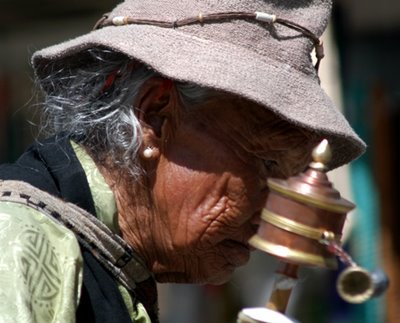

 Photo - Jason Shepherd USA
Photo - Jason Shepherd USA